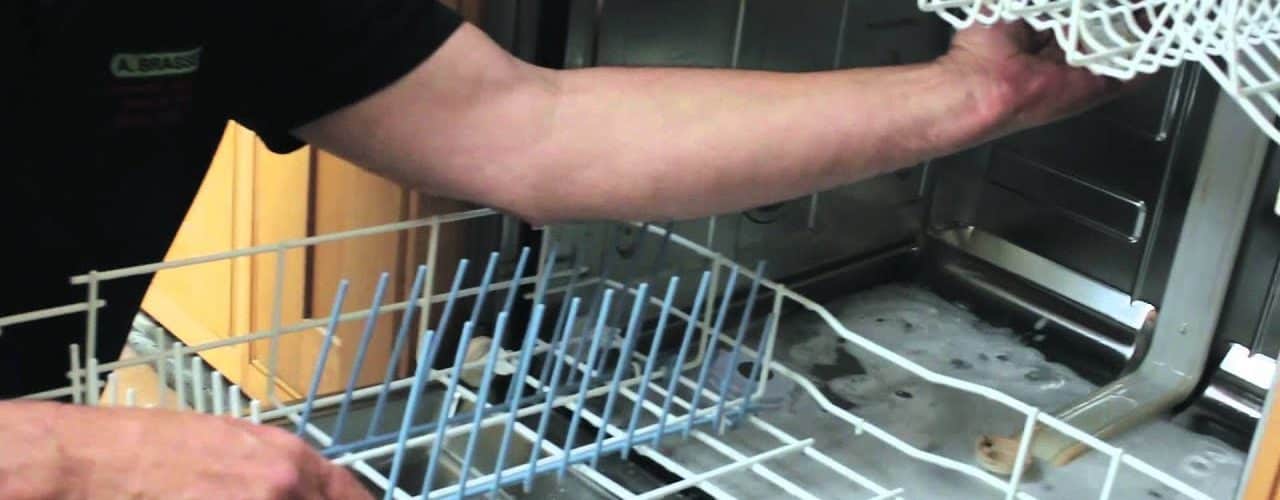Before they were invented and marketed in 1924, dishwashers proved to be those which lay at the end of a person’s arms. Nowadays, these dish washing machines are no longer considered a luxury, but a basic and modern household necessity. When they break down, it is a terrible inconvenience for the entire family, and especially for the woman of the house. Repairing dishwashers can be accomplished by most any person, assuming that the break down is not an especially significant problem. You are able to save some money in attempting these easy steps in advance of contacting the dishwasher repair man. This article goes through the step by step diagnostics for how to repair dishwashers.
Contents
Troubleshooting the Dishwasher
This is a moderately difficult project to take on. The main problem with troubleshooting your dishwasher lies in the fact that the same issues’ symptom is capable of showing up for various problems. To start troubleshooting your errant dishwasher, first switch it on to make sure that the power works. When it does not run at all, you might have to replace either the timer, the door switch, or the selector switch.
Inspecting the Float
Next, you will want to discern if any water is filling up the machine itself. If you do not see this happening, then you need to be certain that the water is switched on. Inspect the float which sits inside the dishwasher. The float is the smaller plastic dome which is mounted down at the base of the tub. Remove the float and clean the areas surrounding where it sits. Next, rinse off the actual float after you have removed it. Put it back, checking to be sure that it still moves up and down well and without hindrance. Clean away any dirt and debris from the screen of the valve. This lies directly behind the dishwasher’s front panel.
Using a Volt-Ohm Meter
Now, you need to unplug the dishwasher. Test it using a volt-ohm meter if it does not stop filling up with water. Be certain that the power is switched off in advance of doing this task. Take the float out. Clean the float and label all of the wires affixed to it, so that you are able to put it back correctly. Set the volt-ohm meter to Rx100. The resulting reading is correct when it reads zero and the float is down. If it does not give this reading, then unscrew the actual switch and be sure to replace it.
Checking The Pump
Now check out the water which is not draining from the dishwasher, but is instead standing there. If the water is clean, then it signifies that the pump is not properly pumping out the water, the drain hose will not take the water off to the drain, or alternatively a back up is present somewhere in the lines. If the standing water proves to be dirty, then is signifies that a clog or a kink is present somewhere in the machine. Take out the cover of the air gap and put it in the sink. Using a wire, clean it out. Remove the strainer from the base of the dishwasher unit. Clean it well, utilizing a brush for this task.
Inspecting for Leaks
Perhaps your problem is a dishwasher leak. Inspect the door gasket if this is your problem. At times, a leak is caused by something so basic as there being excessive amounts of detergent present, or perhaps resulting from a machine which is overloaded. Be certain that the dishwasher is level, since it can leak if it is not completely leveled.
Related Video:
Basic Home Maintenance : How to Troubleshoot Your Dishwasher
Additional Resources:
How Stuff Works: How to Repair a Dishwasher
Family Handyman: How to Repair a Dishwasher
<>



